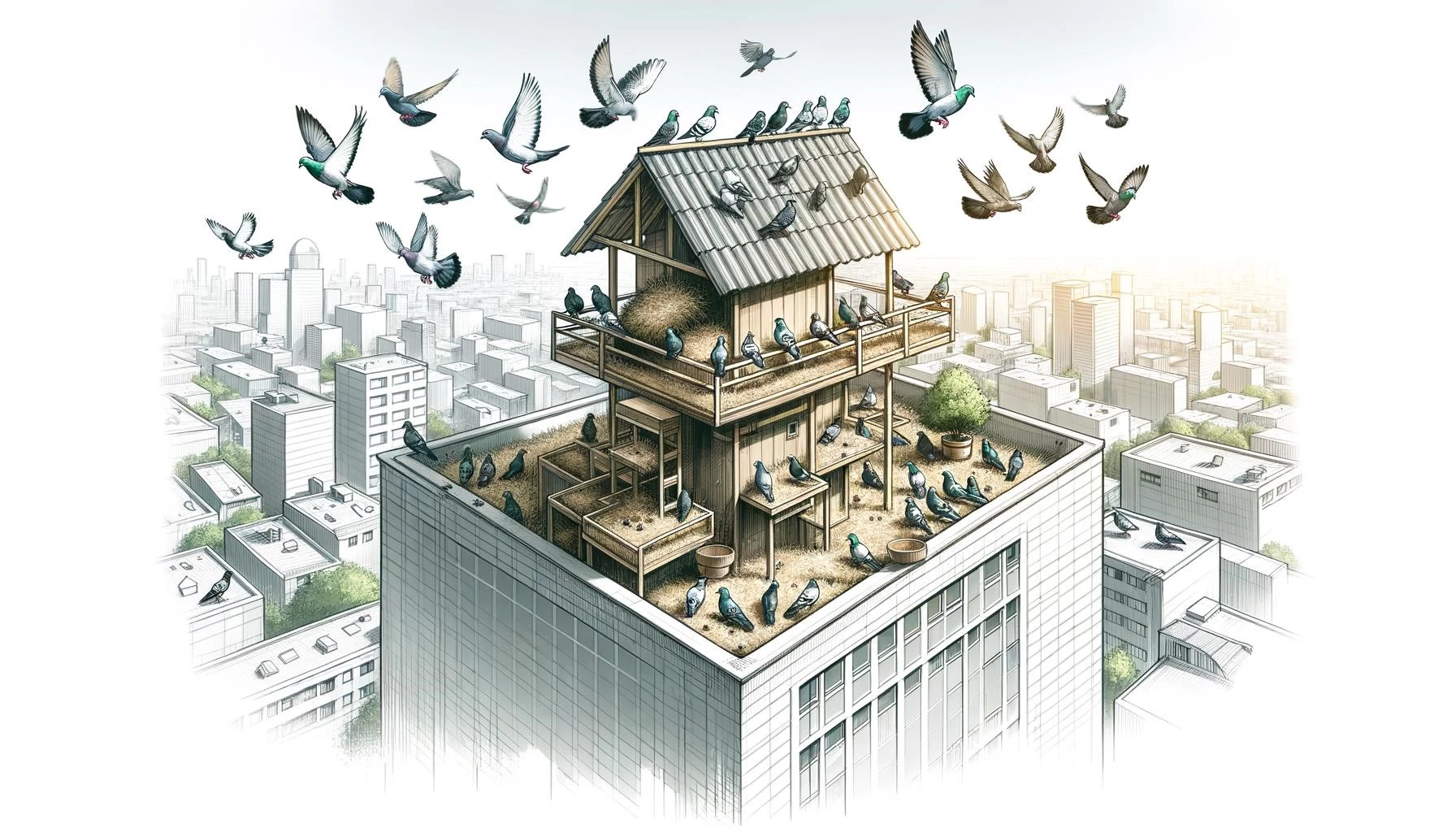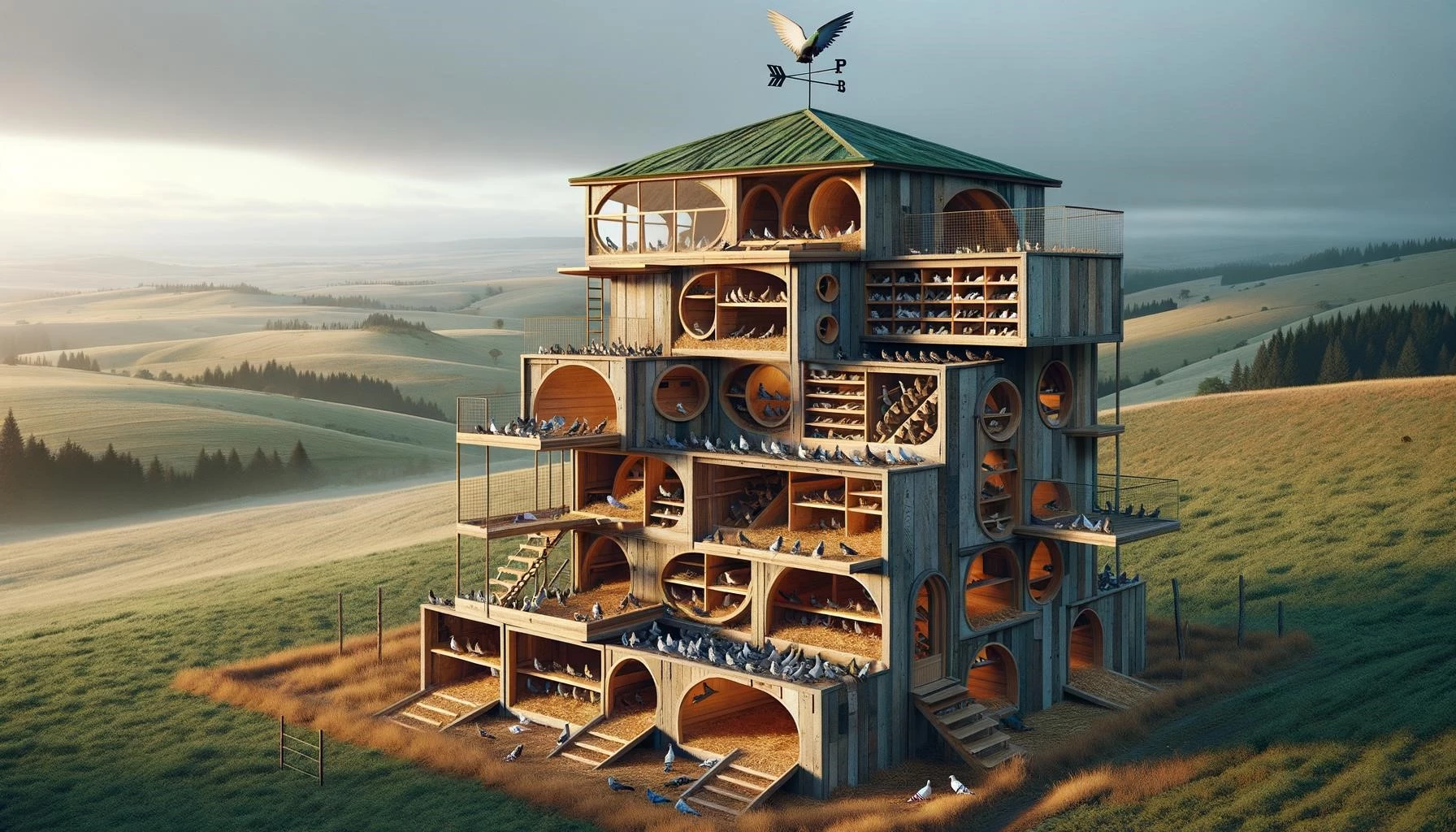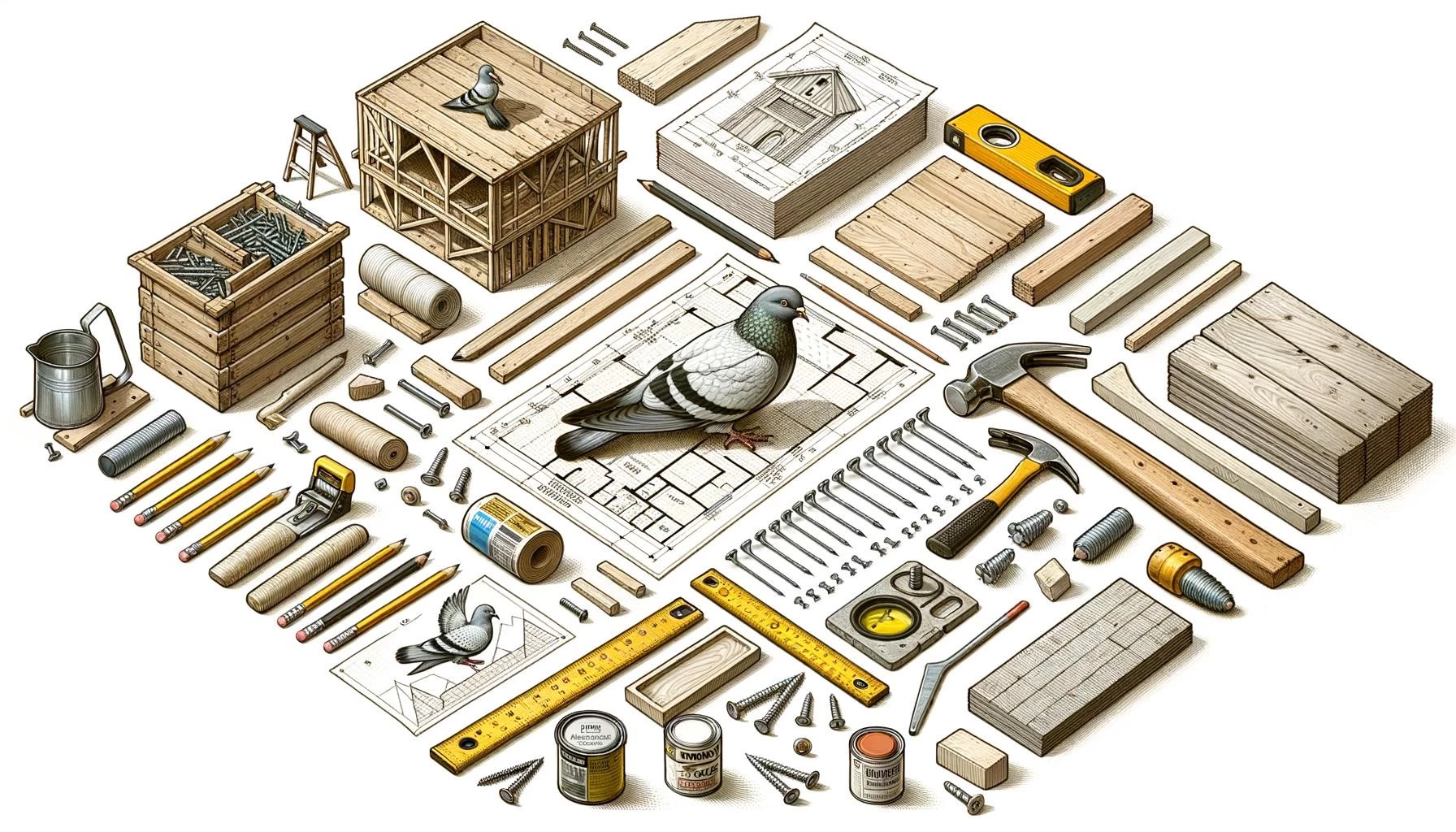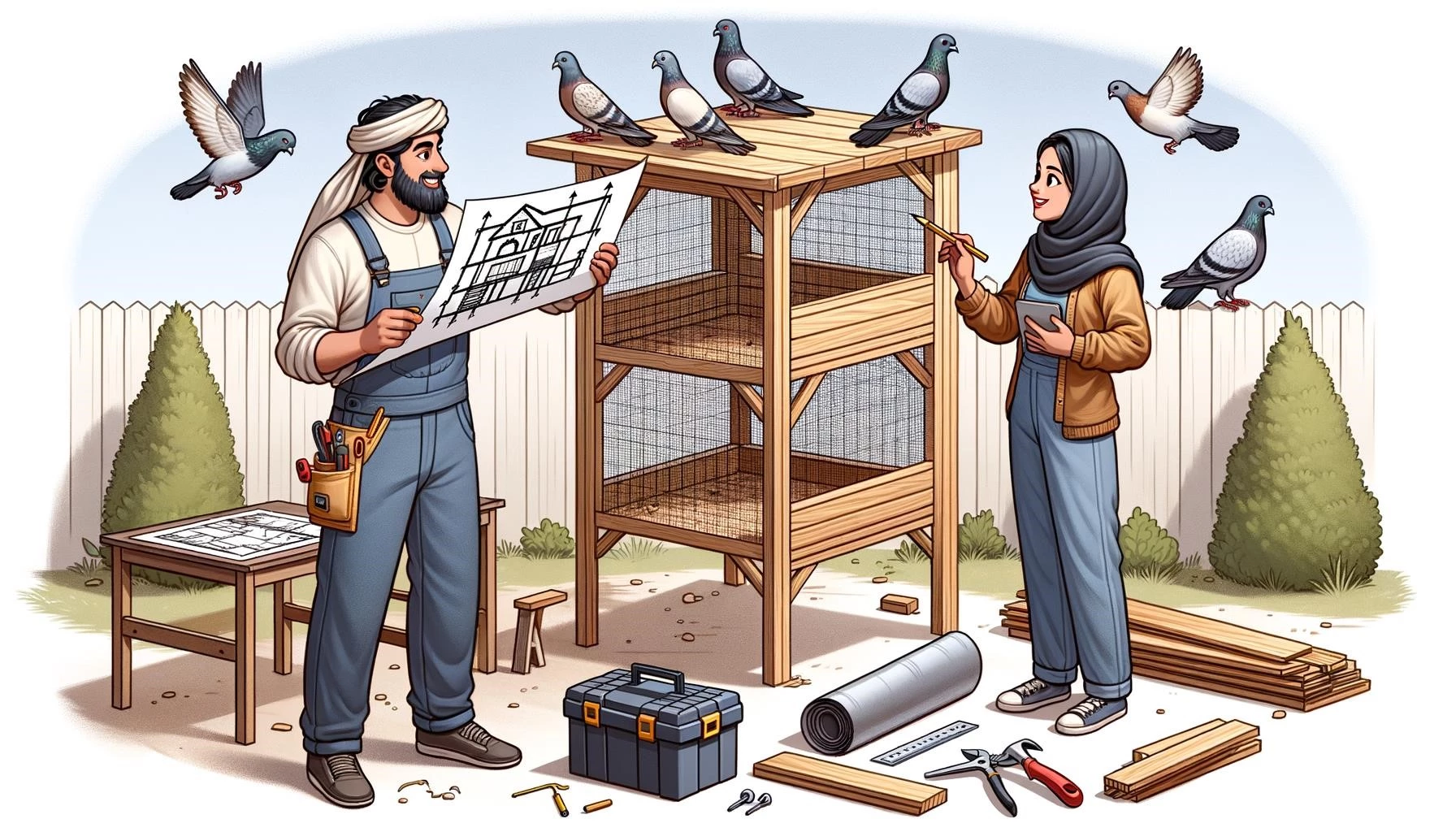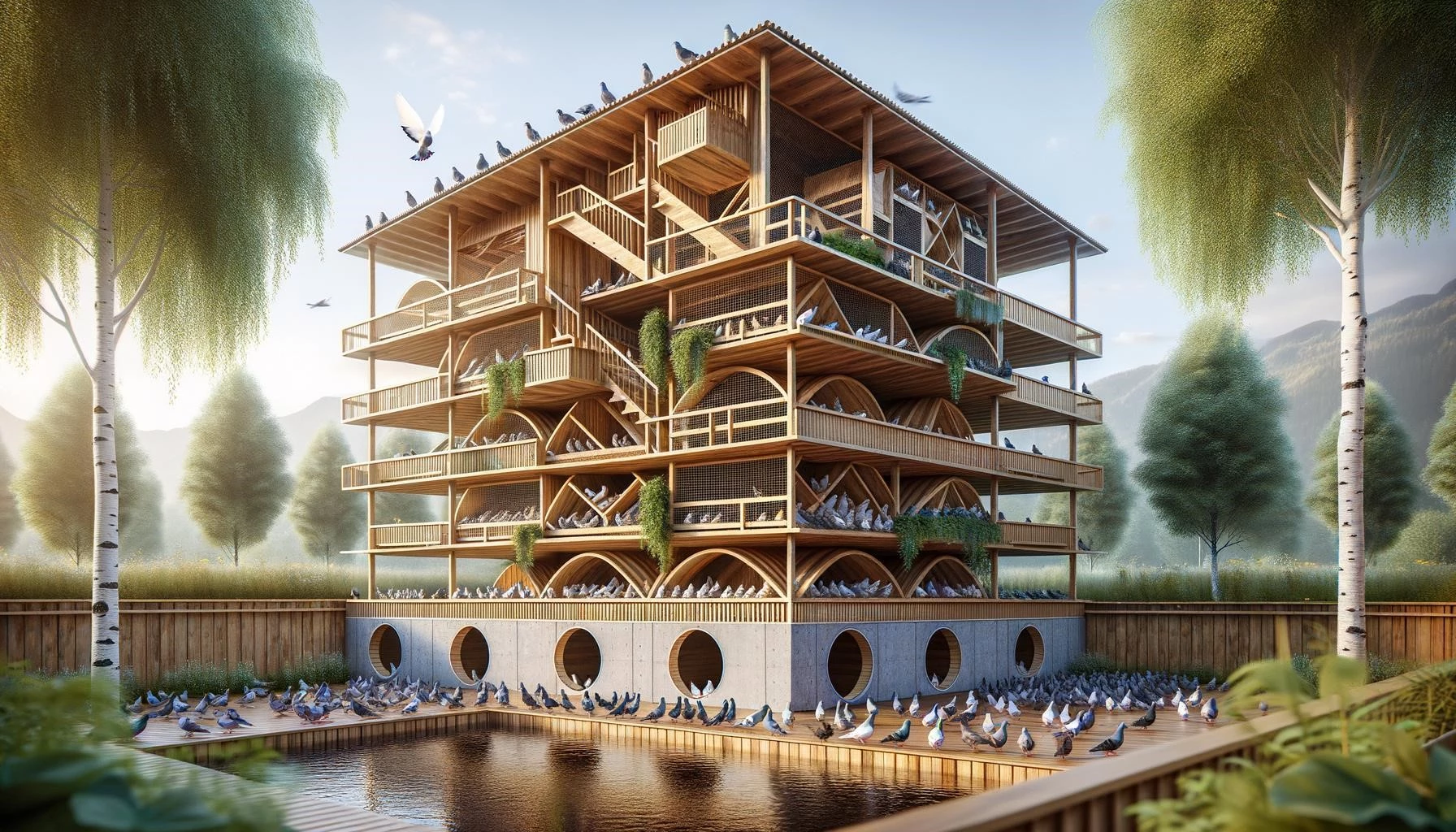Pigeons have long been a companion of humans, finding solace in the carefully constructed rooftop lofts that echo back to ancient traditions. These unique structures serve as protective homes for these birds, ensuring their safety while offering a comfortable environment. From the design of the roof to the importance of ventilation and cleanliness, these lofts are thoughtfully planned to uphold the health and well-being of the pigeons. This is a deep dive into the world of rooftop pigeon lofts, examining the benefits, considerations, and the age-old practices that continue to thrive in modern times.
Key Takeaways
- A rooftop pigeon loft is a raised structure or building designed specifically to house pigeons.
- It is important for pigeon lofts to have a well-designed roof to protect the birds from the weather.
- Adequate ventilation, cleanliness, and space are crucial for the health and well-being of the pigeons.
Pigeon lofts are specialized structures built to provide pigeons with a comfortable and safe environment. When designing a rooftop pigeon loft, there are several key factors to consider.
First and foremost, the roof of the loft should be thoughtfully designed. The roof is essential for protecting the birds from the elements, such as rain, snow, and excessive sunlight. It should overhang the walls to prevent rainwater from pouring inside the loft.
Good ventilation is also crucial for a pigeon loft. Pigeons prefer to be enclosed by four walls, so it is important to ensure that the loft has proper ventilation to allow fresh air to circulate. This helps to maintain optimal air quality and prevent the buildup of ammonia from droppings.
Cleaning the loft regularly is essential to maintain a healthy environment for the pigeons. The loft should be kept clean and free of debris, and the water and food bowls should be changed on a daily basis.
Benefits and Considerations
Rooftop pigeon lofts offer several benefits. For one, they can provide a safe space for pigeons to live and breed, away from potential predators on the ground. The raised structure also allows for better air circulation, which is vital for the pigeons’ overall health.
However, there are some considerations to keep in mind when building a rooftop pigeon loft. Local regulations regarding owning and keeping pigeons may vary, so it is essential to check with your local authorities to ensure compliance with any necessary permits or restrictions.
Additionally, it is important to consider the size and layout of the loft based on the number of pigeons you plan to keep. Pigeons require enough space to move around freely, exercise, and stretch their wings. A rough guideline is to allow a minimum of 8-10 cubic feet of space per bird.
Ancient Traditions and Modern Practices
The practice of keeping pigeons in rooftop structures has ancient origins. In ancient Egypt, these structures were known as dovecotes and were used to house pigeons. Today, rooftop pigeon lofts are still widely used by pigeon fanciers and enthusiasts.
It is worth noting that keeping pigeons in rooftop lofts is a popular hobby and business in some areas, such as Egypt. Pigeon breeding and racing have been long-standing traditions in certain regions, with rooftop lofts serving as homes for these beloved birds.
Whether you are building a rooftop pigeon loft for personal enjoyment or as a business venture, it is important to prioritize the health and well-being of the pigeons. Ensuring proper design, ventilation, and cleanliness will contribute to a successful and rewarding experience.




